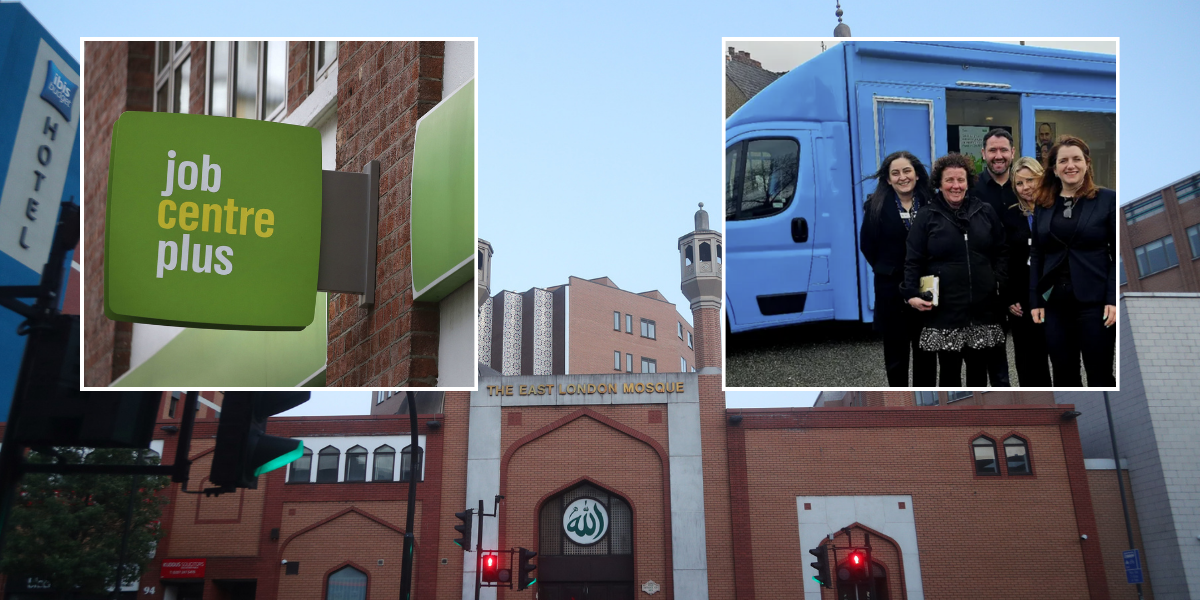In April 1999, a huge change in our personal finances happened – the birth of the Isa.
Isas replaced personal equity plans – known as Peps – and for the past 26 years, savers and investors have diligently made use of the tax-free accounts.
In the past decade, with a £20,000 annual allowance and the choice of splitting it between savings accounts and stocks and shares, they have been the bedrock of financial planning.
But cash Isas hit the headlines recently after Chancellor Rachel Reeves was reportedly urged by city companies to axe tax breaks on them.
Financial firms have lobbied Reeves in recent weeks, claiming the £421billion currently held in cash Isas could be put to better use in investments.
Trading 212 told This is Money the move was ‘unrealistic’ and ‘questionable in intent’, arguing people should have a choice in how they save money.
Fellow investment platform Vanguard, however, says that while investing might not be for everyone, savers could see significant benefits if more of them considered investing their money instead of holding cash.
Better performance: Over the long term investing can offer savers much higher returns than cash pots
A savings pot of £10,000 at the end of December 1998 would have risen to just over £19,000 over the past 26 years, a 90 per cent increase when not adjusted for inflation.
In comparison, the same £10,000 invested in a globally diversified portfolio, in this case the FTSE All-World index, would have increased by more than 650 per cent to over £75,000.
When cash savings are adjusted for the effects of inflation, their spending power over the 26 years falls to less than £5,000.
The investments, on the other hand, still rise to almost £65,000 over the period, illustrating the power of investing.
| Year | Duration | Cash return | Investment return |
|---|---|---|---|
| 1998 | 0 years | £10,000 | £10,000 |
| 1999 | 1 year | £10,520.25 | £13,050.83 |
| 2003 | 5 years | £12,578.36 | £9,535.00 |
| 2008 | 10 years | £15,885.52 | £12,359.85 |
| 2013 | 15 years | £16,280.16 | £22,154.50 |
| 2018 | 20 years | £16,617.04 | £36,535.09 |
| 2023 | 25 years | £17,793.30 | £64,956.49 |
| 2024 | 26 years | £18,695.34 | £77,826.24 |
| Source: Vanguard (UK Sterling Overnight Interbank Average vs FTSE All-World total return, figures not adjusted for inflation) | |||
James Norton, of Vanguard, said: ‘Those thinking about using their Isa allowance for the current tax year may feel tempted by the higher rates we have seen on cash in the last 18 months, but interest rates have started to fall, and we expect them to fall further.
‘Over the very long-run, since 1900, cash has returned a little over 0.5 per cent above inflation compared to around five per cent for shares.
‘Holding cash is not the same as investing, and is highly unlikely to get you to your long-term goals,’ Norton said.
Cash has its place… as well as its drawbacks
Despite championing a stocks and shares-based savings approach – Vanguard after all is in the business of offering low-cost investment options – it says cash does, and should, have a place in people’s savings.
Norton says it is ‘sensible’ to hold some cash.
He adds: ‘Everyone should have some emergency cash savings – that pot of money we should all keep aside for unexpected spending or income shocks such as a redundancy (one rule of thumb is to keep three to six months’ worth of outgoings in a bank account).’
The best place for your emergency fund is within an easy-access savings account or cash Isa.
This means that in the event of an emergency, such as losing your job or facing a substantial bill, you have easy access to the fund.
Only 65 per cent of households have a large enough emergency fund, according to data from Hargreaves Lansdown.
This drops to just one in three lower income households and among those in their 20s.
However, holding too much cash can also hamper savers’ growth targets.
Norton said: ‘Shares have historically delivered higher returns than cash, after inflation, over the long term.
‘But you need to be comfortable with the risk that share prices could fall as well as rise and you may get back less than you invested.’
Investing is seen as considerably more risky than cash saving – one of the main reasons why so many people stick with cash.
But for those willing and able to leave their money untouched for the long-term are likely to see returns far greater than cash.
Unlike investments, cash savings are largely at the mercy of inflation. Interest rates generally lag behind inflation, meaning that over time the purchasing power of your money is eroded.
Holding investments for a long period of time, that is multiple years, allows them to weather short-term market fluctuations, and make the most of the long term growth that has been seen historically.
Does that mean everyone should invest?
As the data shows, not everyone has access to an emergency fund of the recommended size.
To build these cash savings, cash Isas are an ideal product, especially as cash Isas currently offer some of the best savings rates on the market – and many are now flexible.
These accounts help to promote good savings habits.
Even with an emergency fund, many savers look to build a pot for a specific purpose.
That could mean they don’t have a five year period to commit their money to investments and don’t see the benefits of a stocks and shares Isa, but would also lose out if their only option is a savings account with a lower rate.
Meanwhile, the size of emergency fund each individual or household might need will differ wildly.
That would make it difficult for the Government to draw a line on what is adequate, and at what point it is more sensible to invest instead.
Some links in this article may be affiliate links. If you click on them we may earn a small commission. That helps us fund This Is Money, and keep it free to use. We do not write articles to promote products. We do not allow any commercial relationship to affect our editorial independence.












